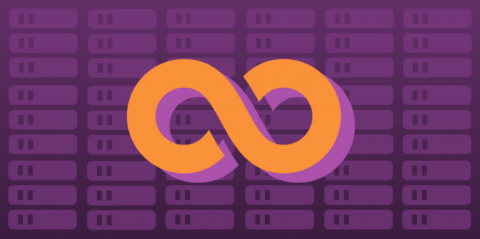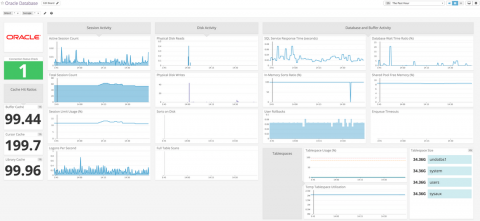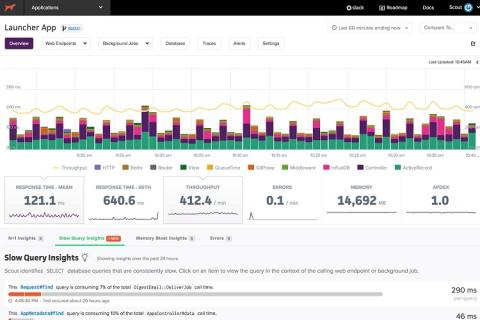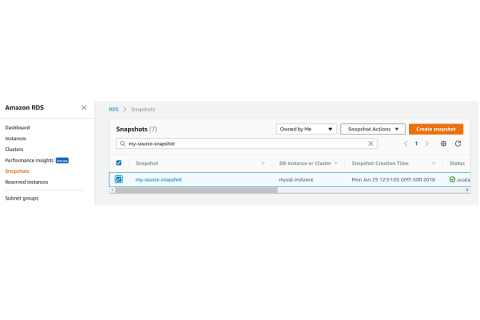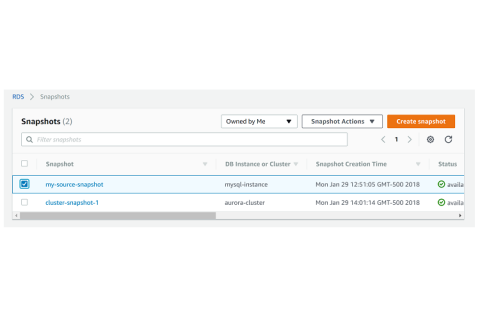A Primer on Building a Monitoring Strategy for Amazon RDS
In a previous blog post, we talked about Amazon Relational Database Service (RDS). RDS is one of the most popular cloud-based database services today and extensively used by Amazon Web Services (AWS) customers for its ease of use, cost-effectiveness and simple administration.



